Streaming Revolution: 10 Moments That Redefined Entertainment Forever | ListsLook
The Dawn of Digital Delivery: Setting the Stage for Streaming
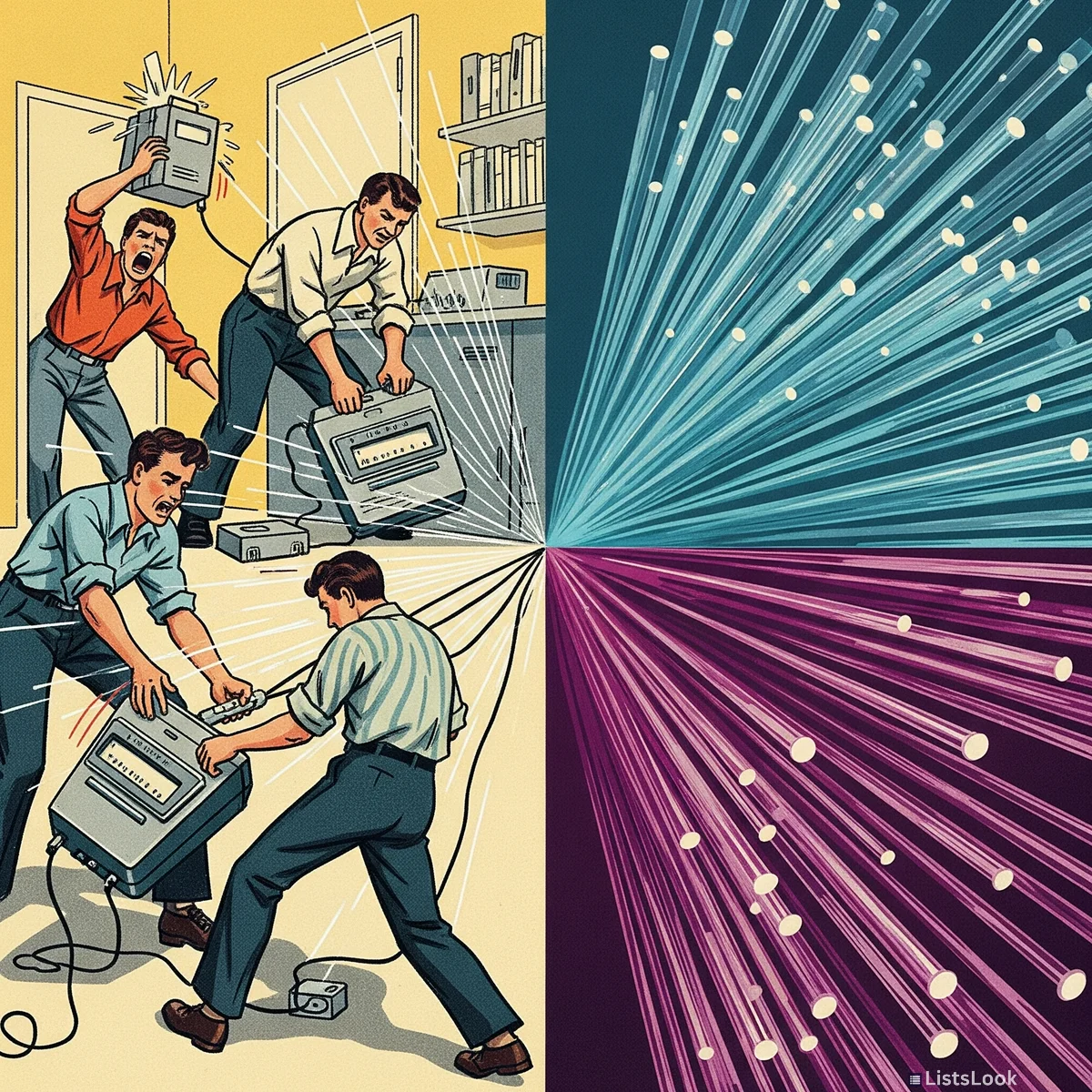
Before streaming dominated, downloading reigned. Early internet users grappled with slow speeds and dial-up connections, making large video files impractical for instant access. However, the late 90s witnessed crucial advancements: faster internet speeds (broadband adoption slowly picking up), improved video compression technologies (like MP4), and the burgeoning idea of delivering content directly over the internet, bypassing physical media. This nascent digital infrastructure laid the crucial groundwork for the streaming revolution that was about to explode.
Napster and the P2P Paradigm Shift: Free Content and the Legal Storm
In 1999, Napster arrived, unleashing peer-to-peer (P2P) file sharing upon the music industry. While primarily known for music piracy, Napster demonstrated the immense power of decentralized content distribution. Millions flocked to share and download music for free, challenging traditional ownership models and sparking fierce legal battles. Napster's controversial reign, though short-lived in its original form, irreversibly proved that digital content could be distributed directly to consumers, bypassing established gatekeepers and igniting the conversation around digital rights.
YouTube Arrives: Democratizing Video and Creating Instant Stars
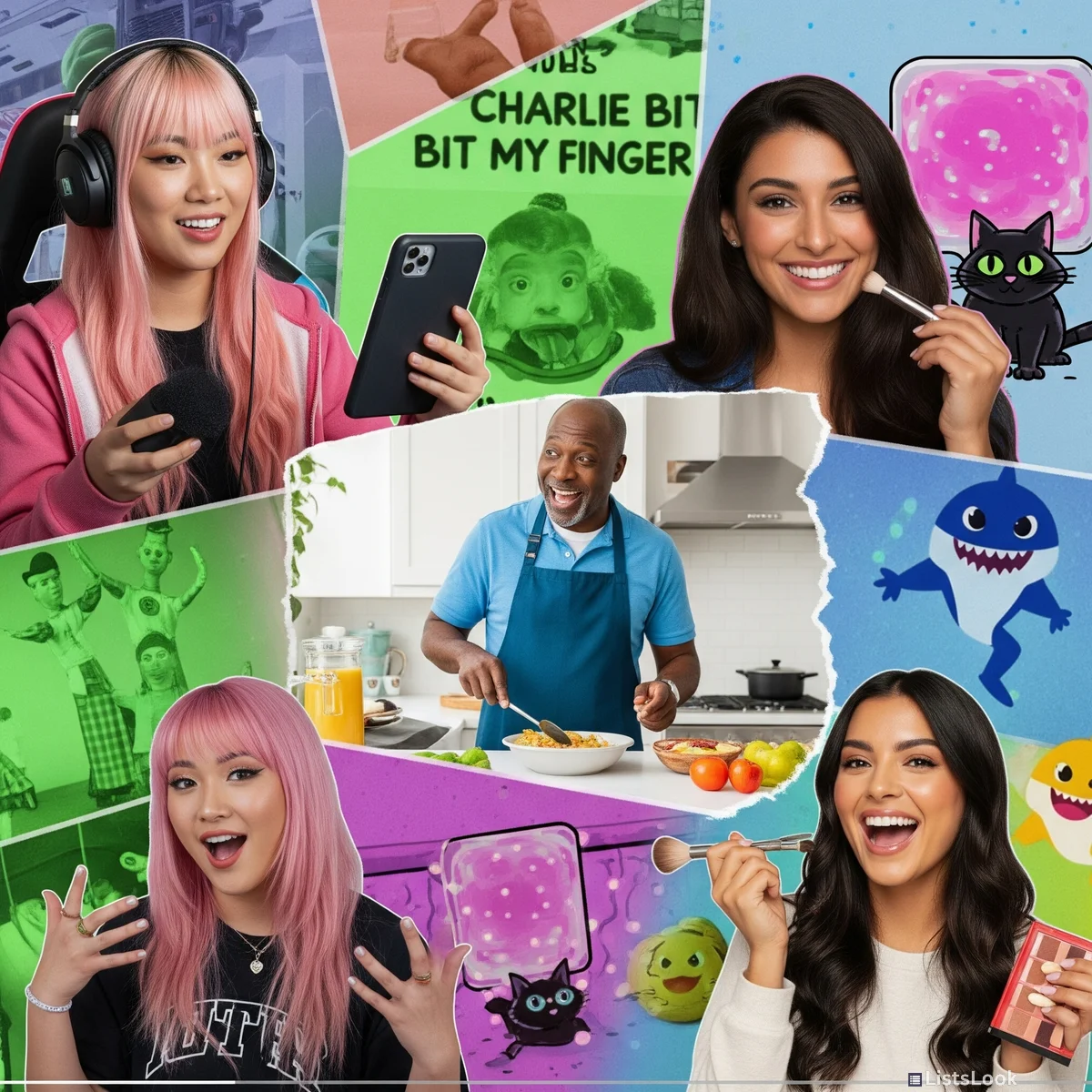
2005 marked the game-changing arrival of YouTube. Suddenly, anyone could upload and share videos globally for free. It wasn't just about cat videos; YouTube democratized video creation and consumption. From amateur filmmakers to aspiring musicians, creators found a direct audience, bypassing traditional media gatekeepers. YouTube fostered viral content, launched internet careers, and fundamentally altered how we discover and share video content, setting the stage for user-generated content to become a major force in entertainment.
Netflix's Streaming Pivot: From DVDs to On-Demand Entertainment
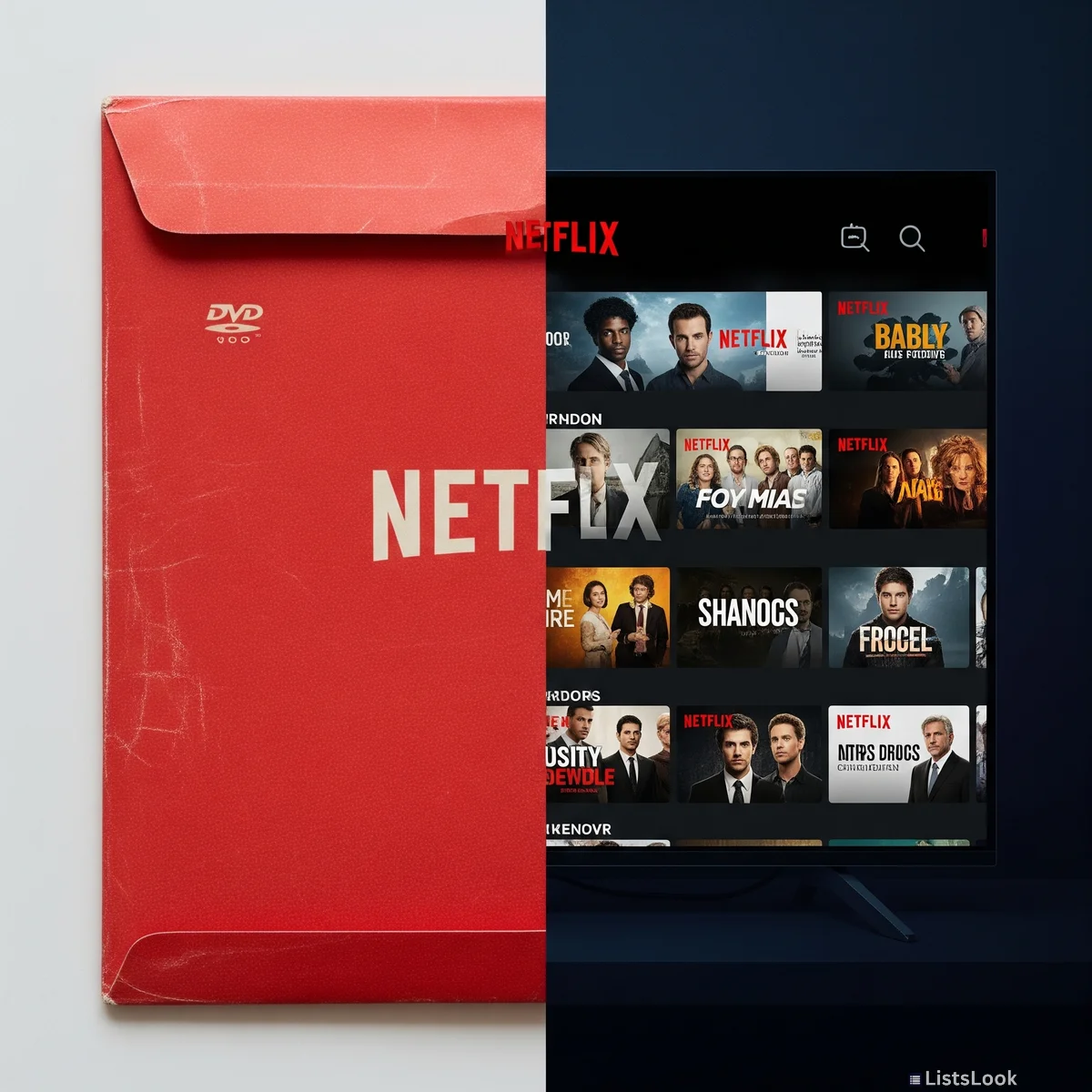
Netflix, initially a DVD-by-mail service, took a bold leap in 2007 by introducing streaming. Initially a supplementary service, Netflix streaming gradually evolved, offering on-demand movies and TV shows directly to subscribers. This pivot was revolutionary, offering convenience and instant gratification that physical rentals couldn't match. Netflix's gamble paid off immensely, transforming it from a mail-order company into a streaming giant and signaling the beginning of the end for physical media dominance in home entertainment.
Hulu Emerges: Networks Fight Back and Embrace the Stream
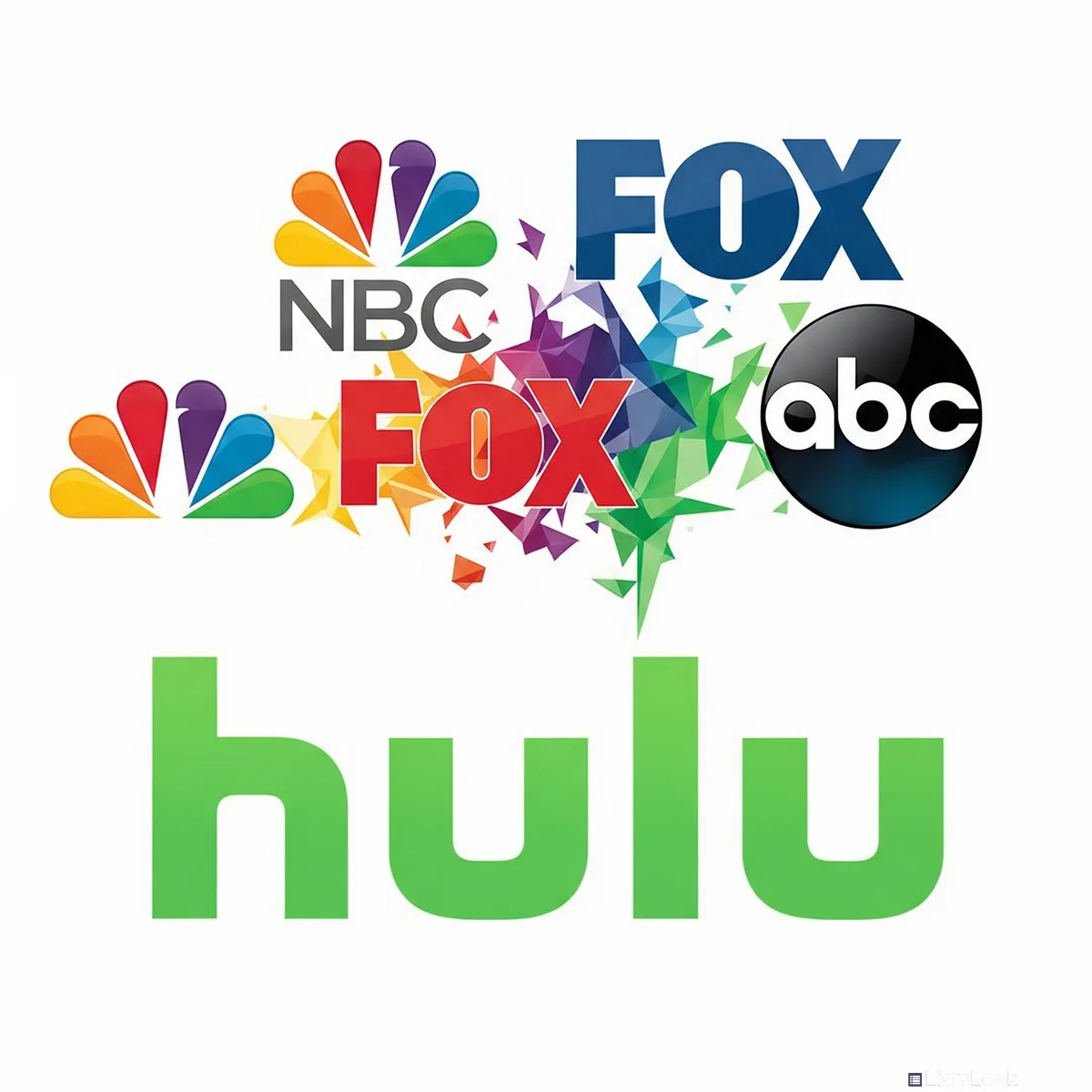
Traditional television networks, initially hesitant about streaming, realized its potential and formed Hulu in 2007. Offering recent episodes of popular TV shows online, Hulu provided a legitimate and convenient way to catch up, directly challenging piracy and early illegal streaming sites. Hulu represented the old guard's tentative but crucial embrace of streaming, validating the model and indicating that even established media companies recognized the future of entertainment was online.
The Rise of Mobile Streaming: Entertainment in Your Pocket, Everywhere

The proliferation of smartphones and improved mobile data networks in the late 2000s and early 2010s unleashed mobile streaming. Suddenly, entertainment wasn't confined to living rooms; it was portable. YouTube, Netflix, and Hulu became readily accessible on phones and tablets, transforming commutes, travel, and daily routines. Mobile streaming made entertainment ubiquitous, adapting to our on-the-go lifestyles and further accelerating streaming adoption across demographics.
Cord-Cutting Culture: Liberating Viewers from Cable's Grip
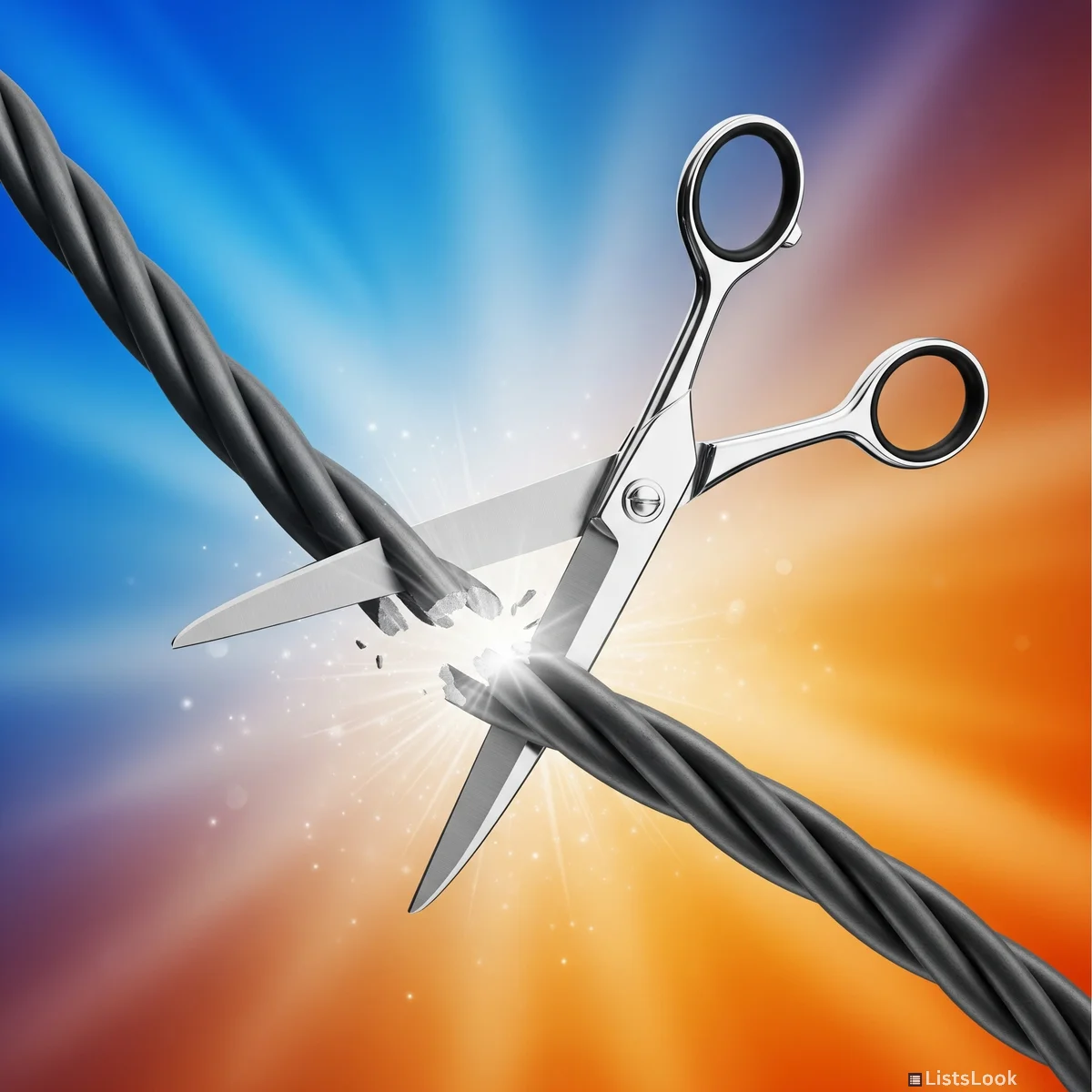
As streaming services matured and offered vast libraries of content at competitive prices, 'cord-cutting' became a cultural phenomenon. Millions abandoned expensive cable TV subscriptions in favor of cheaper, on-demand streaming. This mass exodus from traditional TV providers drastically altered the media landscape, empowering viewers with choice and affordability while forcing cable companies to adapt or face obsolescence. Cord-cutting cemented streaming as a viable and preferable alternative to traditional TV.
Original Streaming Content: Elevating Quality and Redefining Awards

Netflix's 'House of Cards' in 2013 marked a turning point: streaming services started producing high-quality, original content. No longer just distributors, they became creators, investing heavily in films and series that rivaled traditional Hollywood productions. This shift elevated streaming's prestige, earning critical acclaim, Emmy awards, and attracting top talent. Original streaming content legitimized the medium as a source of serious, award-worthy entertainment, competing directly with cinema and network television.
Live Streaming Explodes: Twitch, Gaming, and Interactive Entertainment

While on-demand streaming dominated, live streaming platforms like Twitch emerged, particularly within the gaming community. Twitch allowed gamers to broadcast their gameplay live, fostering interactive communities and creating a new form of entertainment centered around real-time engagement. Live streaming expanded the definition of entertainment beyond passive consumption, emphasizing interactivity, community, and real-time experiences, adding another dimension to the streaming landscape.
The Streaming Wars Ignite: Content Fragmentation and Global Domination
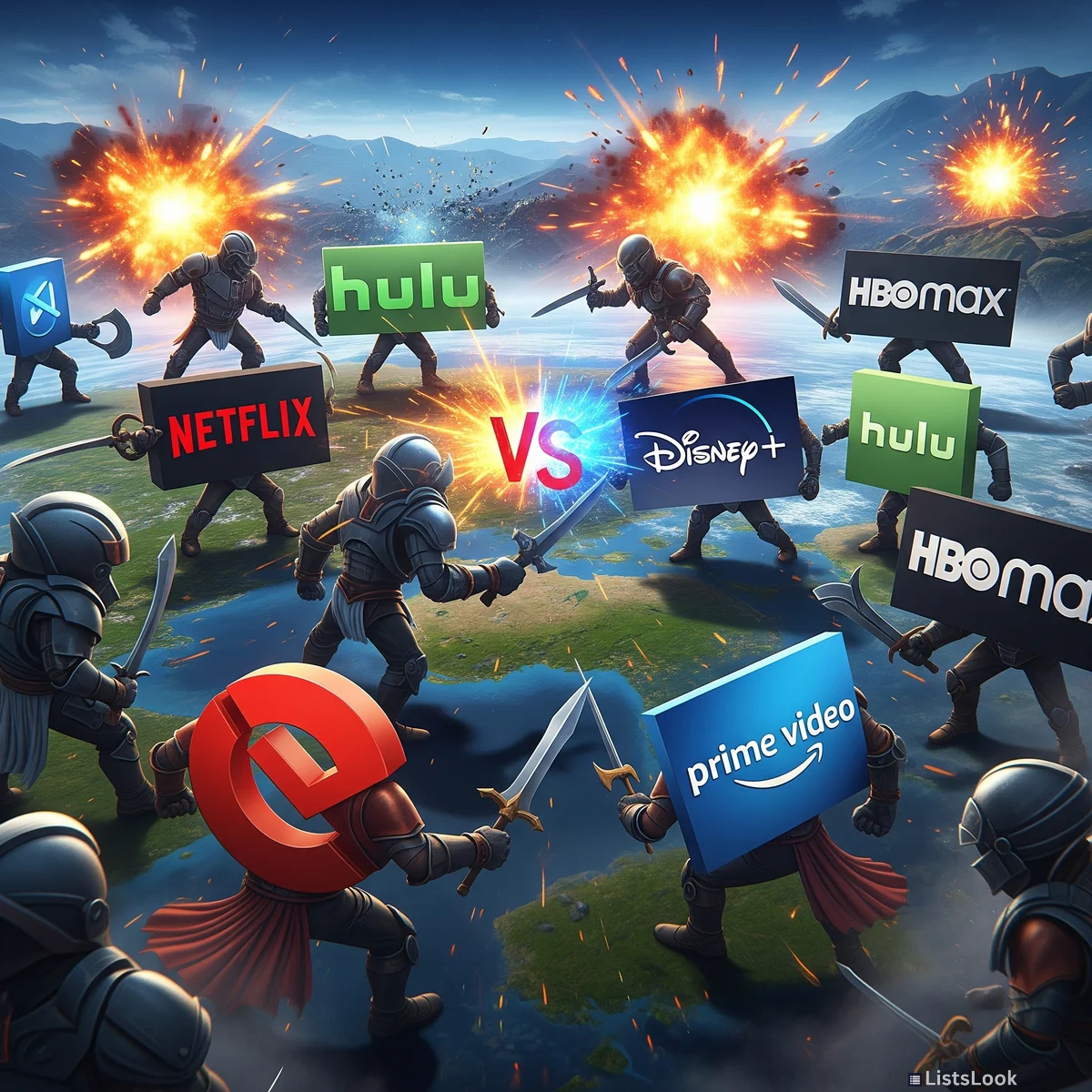
The late 2010s saw the 'streaming wars' escalate as media giants like Disney, Apple, and WarnerMedia launched their own services (Disney+, Apple TV+, HBO Max). This fragmented the streaming landscape, offering consumers more choices but also content silos. These global players pushed streaming into truly mainstream territory worldwide, investing billions in content and global expansion, solidifying streaming's position as the dominant force in entertainment consumption globally and forever altering the media industry.
Comments
Loading comments...